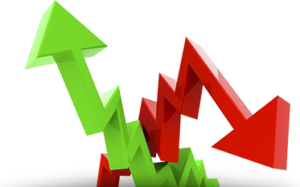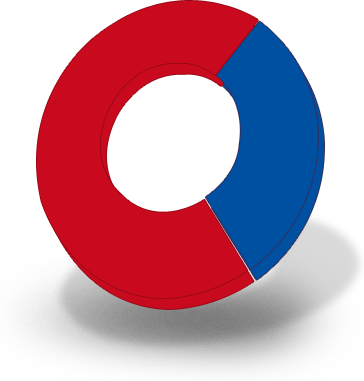When looking at the standard stock quote, you’re getting a broad overview on the company. It is a display of what the company looks like, and gives a good, but very basic, summary. This information is usually ample for technical analysis, but is usually not enough to make an investment decision for fundamental analysis. Further in depth research may be necessary.




